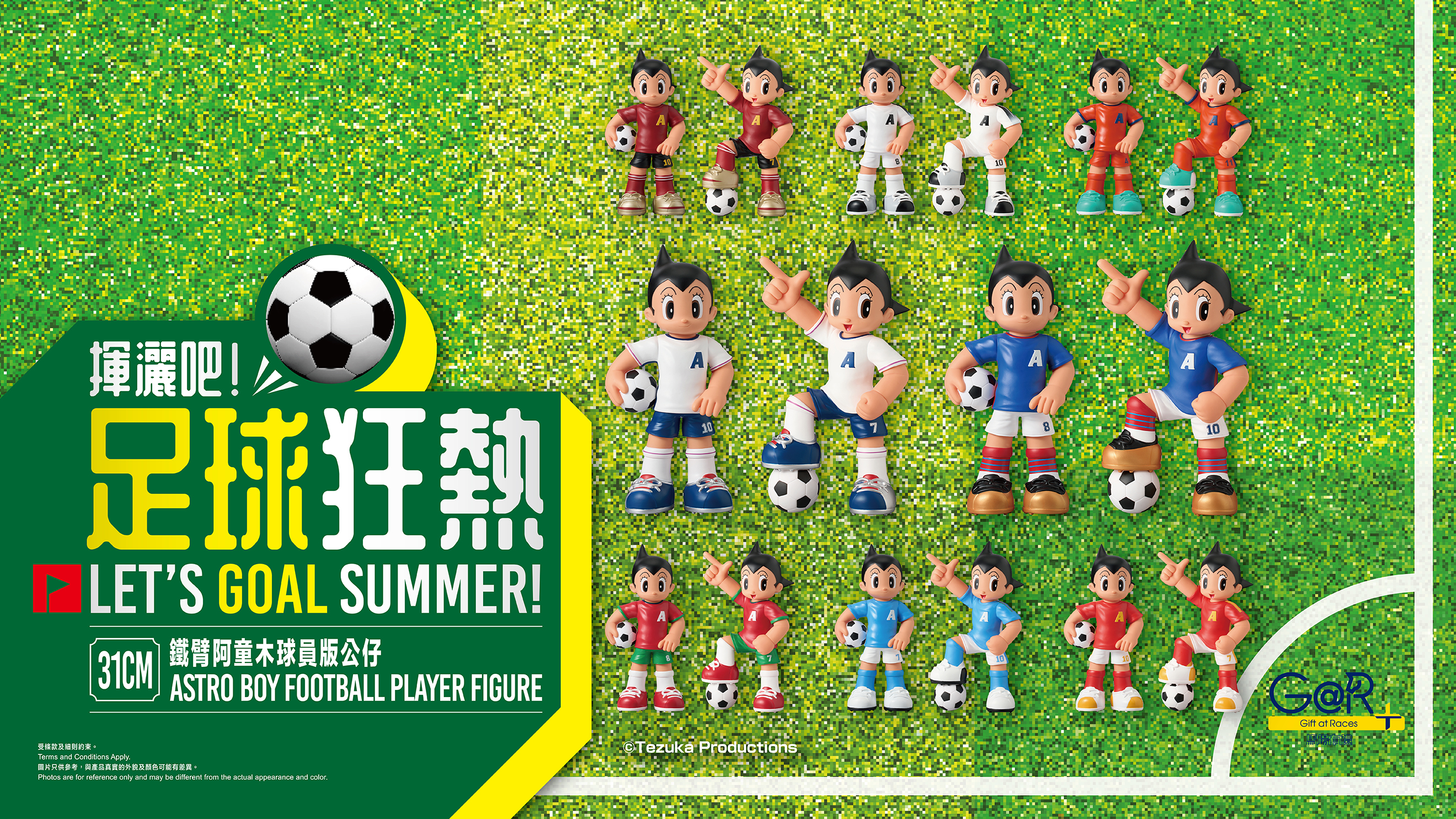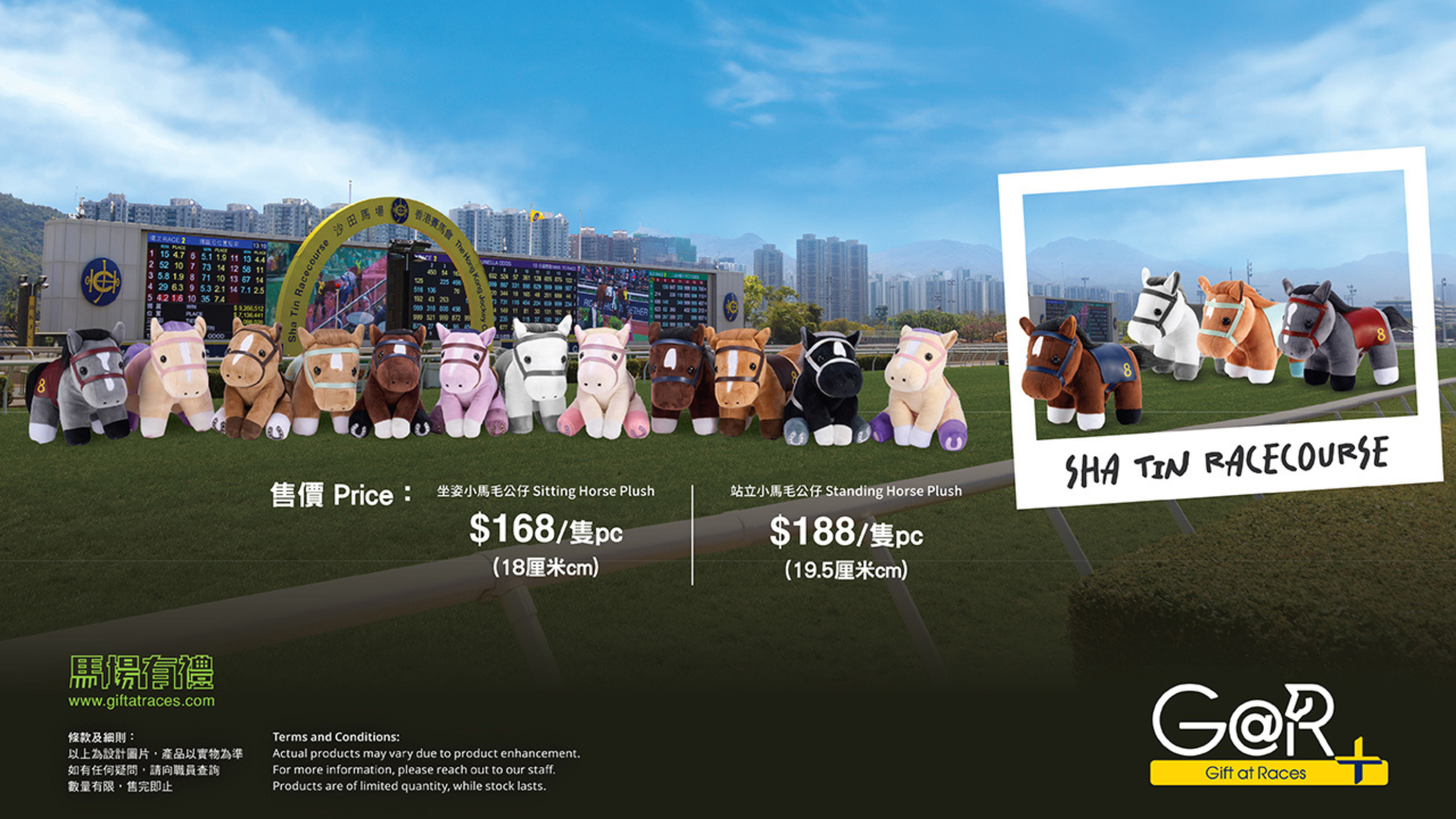Upcoming Racedays & Events
With thrilling races, top-class racing entertainment and delicious cuisine, the 88 racedays each season at Sha Tin and Happy Valley racecourses provide you an unforgettable horse racing experience.
Jan 2026
Jan 2026
Feb 2026
Mar 2026
Apr 2026
May 2026
Jun 2026
Jan
11
homePage.RacedayRaceTimeDay
homePage.shaTinRacecourseTitle
Jan
14
homePage.RacedayRaceTimeNight

Happy Wednesday
homePage.happyValleyRacecourseTitle
The energy of horse racing meets luxury fashion as Happy Wednesday announces its debut collaboration with APM Monaco, the chic Monaco-born jewellery brand renowned for its playful, design-led pieces inspired by the effortless style of the Principality of Monaco.
Jan
18
homePage.RacedayRaceTimeDay
homePage.shaTinRacecourseTitle
Jan
21
homePage.RacedayRaceTimeNight

homePage.shaTinRacecourseTitle
Jan
25
homePage.RacedayRaceTimeDay
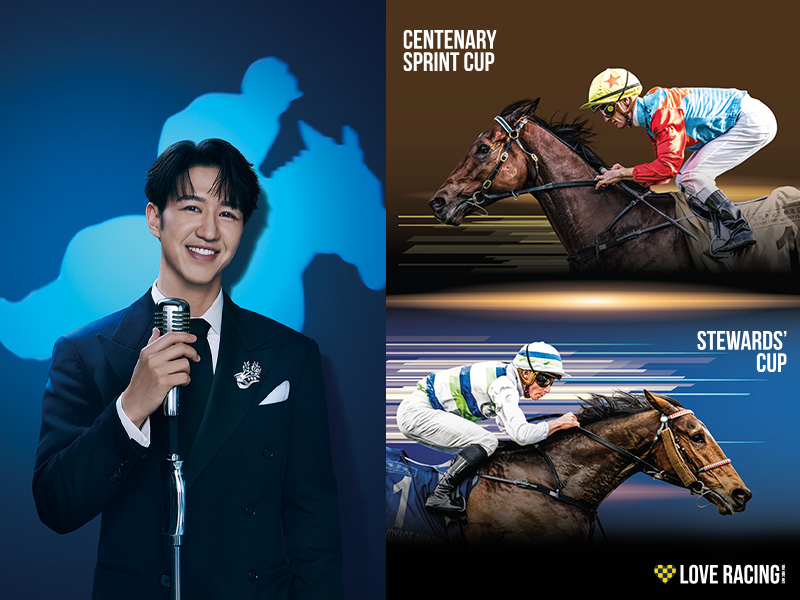
Gentlemen's Raceday
homePage.shaTinRacecourseTitle
Take part in this fashionable racing event with your finest attire on Jan 25. There will be two exhilarating Group 1 races staged, too!
Jan
28
homePage.RacedayRaceTimeNight
Happy Wednesday
homePage.happyValleyRacecourseTitle
Feb
01
homePage.RacedayRaceTimeDay
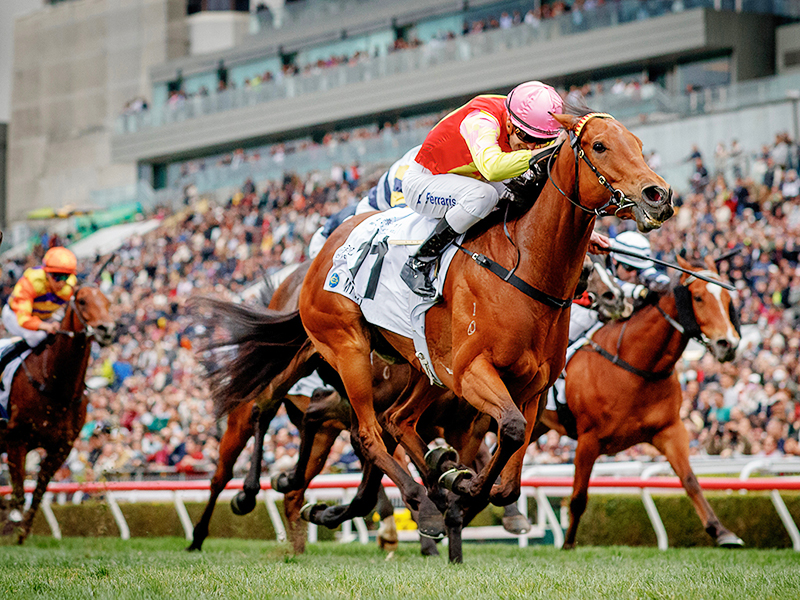
HK Classic Mile
homePage.shaTinRacecourseTitle
Feb
04
homePage.RacedayRaceTimeNight
Happy Wednesday
homePage.happyValleyRacecourseTitle
Feb
08
homePage.RacedayRaceTimeDay
homePage.shaTinRacecourseTitle
Feb
11
homePage.RacedayRaceTimeNight
Happy Wednesday
homePage.happyValleyRacecourseTitle
Feb
14
homePage.RacedayRaceTimeDay
homePage.shaTinRacecourseTitle
Feb
19
homePage.RacedayRaceTimeDay

Year of the Horse Raceday
homePage.shaTinRacecourseTitle
Feb
22
homePage.RacedayRaceTimeDay

Queen’s Silver Jubilee Cup
homePage.shaTinRacecourseTitle
Feb
25
homePage.RacedayRaceTimeNight
Happy Wednesday
homePage.happyValleyRacecourseTitle
Mar
01
homePage.RacedayRaceTimeDay

Citi HK Gold Cup / HK Classic Cup
homePage.shaTinRacecourseTitle
Mar
04
homePage.RacedayRaceTimeNight
Happy Wednesday
homePage.happyValleyRacecourseTitle
Mar
08
homePage.RacedayRaceTimeDay
homePage.shaTinRacecourseTitle
Mar
11
homePage.RacedayRaceTimeNight
Happy Wednesday
homePage.happyValleyRacecourseTitle
Mar
15
homePage.RacedayRaceTimeDay
homePage.shaTinRacecourseTitle
Mar
18
homePage.RacedayRaceTimeNight
Happy Wednesday
homePage.happyValleyRacecourseTitle
Mar
22
homePage.RacedayRaceTimeDay

BMW Hong Kong Derby
homePage.shaTinRacecourseTitle
Mar
25
homePage.RacedayRaceTimeNight
Happy Wednesday
homePage.happyValleyRacecourseTitle
Mar
29
homePage.RacedayRaceTimeDay
homePage.shaTinRacecourseTitle
Apr
01
homePage.RacedayRaceTimeNight

homePage.shaTinRacecourseTitle
Apr
06
homePage.RacedayRaceTimeDay
homePage.shaTinRacecourseTitle
Apr
08
homePage.RacedayRaceTimeNight
Happy Wednesday
homePage.happyValleyRacecourseTitle
Apr
12
homePage.RacedayRaceTimeDay
homePage.shaTinRacecourseTitle
Apr
15
homePage.RacedayRaceTimeNight
Happy Wednesday
homePage.happyValleyRacecourseTitle
Apr
19
homePage.RacedayRaceTimeDay
homePage.shaTinRacecourseTitle
Apr
22
homePage.RacedayRaceTimeNight
Happy Wednesday
homePage.happyValleyRacecourseTitle
Apr
26
homePage.RacedayRaceTimeDay

FWD Champions Day
homePage.shaTinRacecourseTitle
Apr
29
homePage.RacedayRaceTimeNight
Happy Wednesday
homePage.happyValleyRacecourseTitle
May
03
homePage.RacedayRaceTimeDay
homePage.shaTinRacecourseTitle
May
06
homePage.RacedayRaceTimeNight

homePage.shaTinRacecourseTitle
May
09
homePage.RacedayRaceTimeDay
homePage.shaTinRacecourseTitle
May
13
homePage.RacedayRaceTimeNight
Happy Wednesday
homePage.happyValleyRacecourseTitle
May
17
homePage.RacedayRaceTimeDay
homePage.shaTinRacecourseTitle
May
20
homePage.RacedayRaceTimeNight
Happy Wednesday
homePage.happyValleyRacecourseTitle
May
24
homePage.RacedayRaceTimeDay
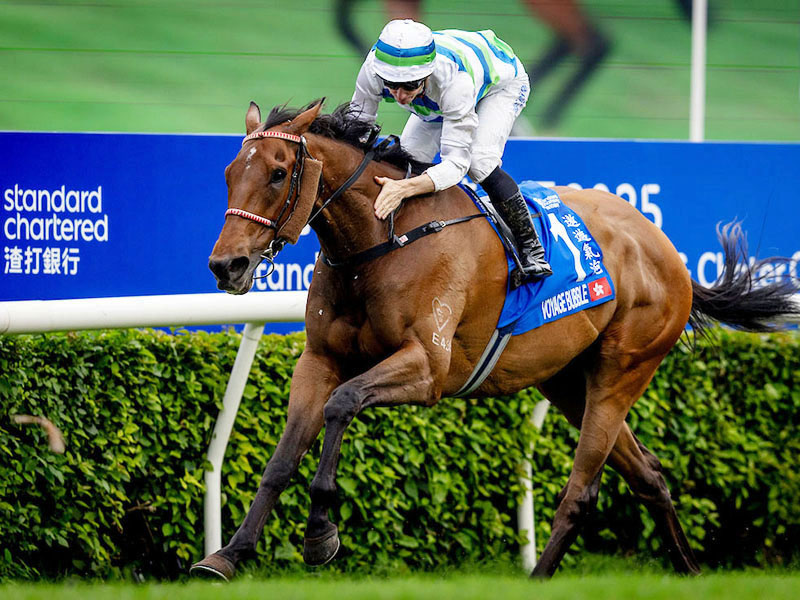
Standard Chartered Champions & Chater Cup
homePage.shaTinRacecourseTitle
May
27
homePage.RacedayRaceTimeNight
Happy Wednesday
homePage.happyValleyRacecourseTitle
May
31
homePage.RacedayRaceTimeDay
homePage.shaTinRacecourseTitle
Jun
03
homePage.RacedayRaceTimeNight
Happy Wednesday
homePage.happyValleyRacecourseTitle
Jun
07
homePage.RacedayRaceTimeTwilight
homePage.shaTinRacecourseTitle
Jun
10
homePage.RacedayRaceTimeNight
Happy Wednesday
homePage.happyValleyRacecourseTitle
Jun
13
homePage.RacedayRaceTimeTwilight
homePage.shaTinRacecourseTitle
Jun
21
homePage.RacedayRaceTimeTwilight
homePage.shaTinRacecourseTitle
Jun
24
homePage.RacedayRaceTimeNight
Happy Wednesday
homePage.happyValleyRacecourseTitle
Jun
27
homePage.RacedayRaceTimeTwilight
homePage.shaTinRacecourseTitle
Hospitality & Venues
See All Venues
Sha Tin Racecourse
Happy Valley Racecourse
Off-course Experience Shops
Sha Tin Racecourse
Happy Valley Racecourse
Off-course Experience Shops
##########
##########
##########

Dining
Interactive Experience
Genso
Asian Cuisine

Dining
Interactive Experience
Champions Connection

Interactive Experience
Backstage

Betting
Betting Hall Sha Tin

Betting
Dining
Champion Circle
International Cuisine

Betting
Interactive Experience
Digital Zone

Dining
Interactive Experience
Hay Market
Western
Buffet

Dining
Inner Circle Sha Tin
International Cuisine
Buffet

Dining
Interactive Experience
Jump
Western-Asian-style Light Meals

Dining
Jun Hui Ting
Hong Kong Style
International Cuisine

Dining
Pak Sing Restaurant
Chinese
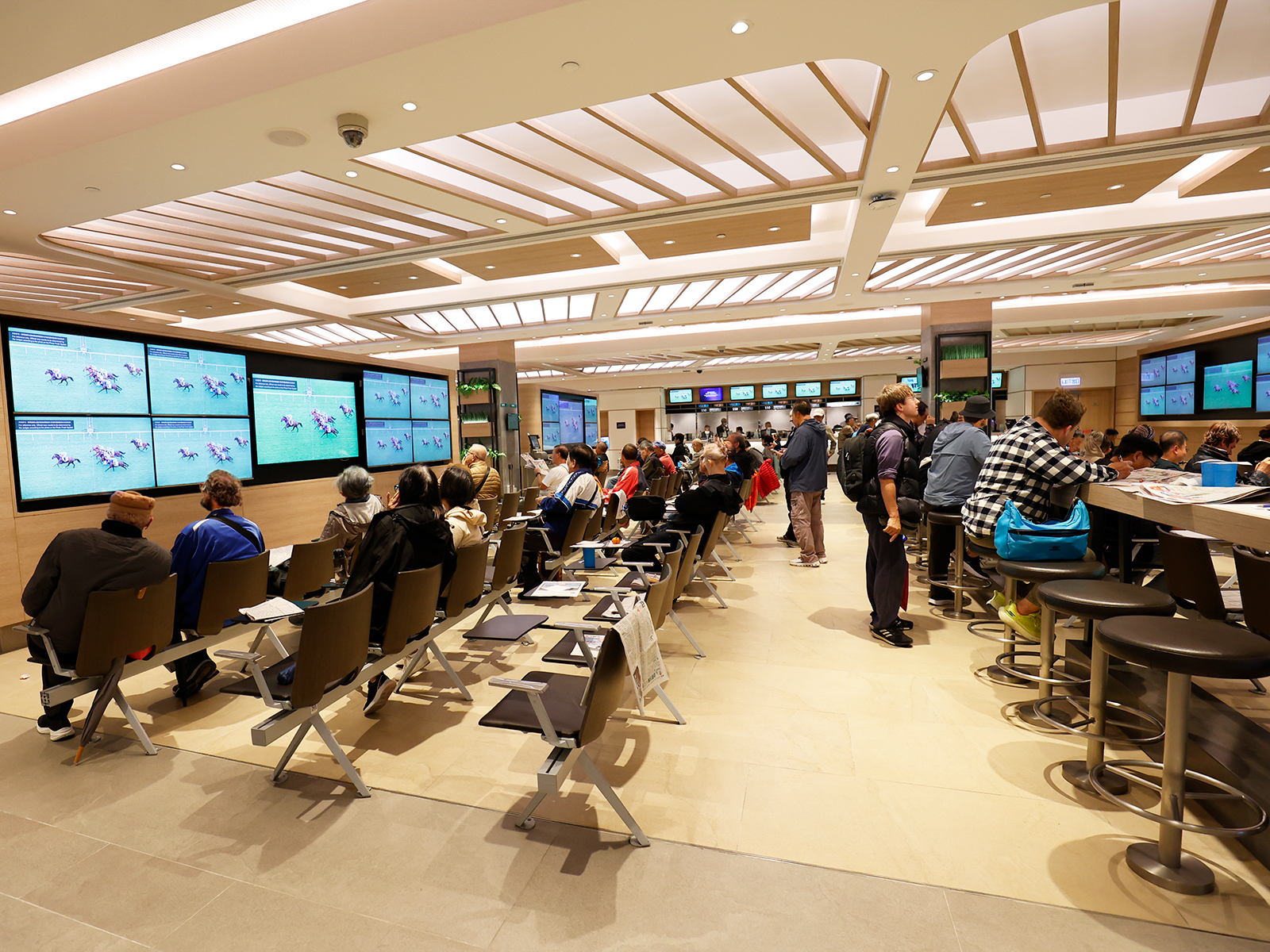
Betting
1/F Priority Public Betting Hall

Betting
Dining
Priority Zone of Champion Circle
Quick Bite

Betting
Racing Event Zone

Dining
The Mastermind Sha Tin
International Cuisine
Buffet

Dining
Min Ma Ting
International Cuisine
Buffet

Dining
The Monopoly
International Cuisine
Buffet

Betting
Theatre Zone

Betting
Interactive Experience
Tourist Zone

Dining
Wins Cafe Sha Tin
Hong Kong Style


Sha Tin Racecourse
Sha Tin Racecourse is home to many Group 1 and major races taking place. Offering thrilling sporting action that are a must-see for locals and visitors alike!


Happy Valley Racecourse
Happy Valley Racecourse is nestled in the heart of Causeway Bay, where live horseracing and entertainment intertwine. A mid-week night time event "Happy Wednesday" is held at every race night.
Shopping at “Gift at Races”
“Gift at Races” offers a wide range of exquisite racing and lifestyle products, allowing the public, tourists, and racing enthusiasts to relive the excitement of racing moments in their everyday lives through our premium products.
Learn Racing

Go Racing
Explore the world of horse racing at Racing 101
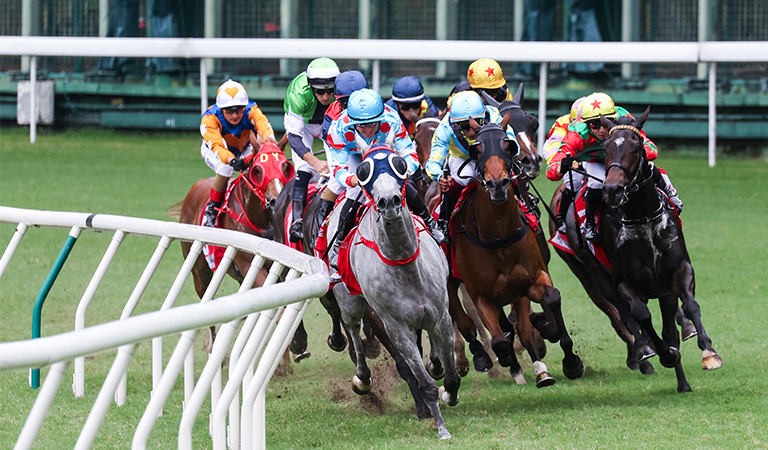
Horse Racing
Keep abreast of the latest happenings
Highlights
Gentlemen's Raceday - Opening Performance by Jay Fung
Wednesday is the New Friday
LONGINES Hong Kong International Races
One Day in HKIR 2025
LONGINES HKIR - Gala Dinner Highlight
LONGINES International Jockeys’ Championship
• No person under 18 is allowed to bet or enter premises where bets are accepted.
• Betting with illegal or overseas bookmakers is against the law and offenders may be liable to imprisonment.
• Don’t gamble your life away. Call Ping Wo Fund hotline 1834 633 if you need help or counselling.
Copyright © 2000-2026 The Hong Kong Jockey Club. All rights reserved.

